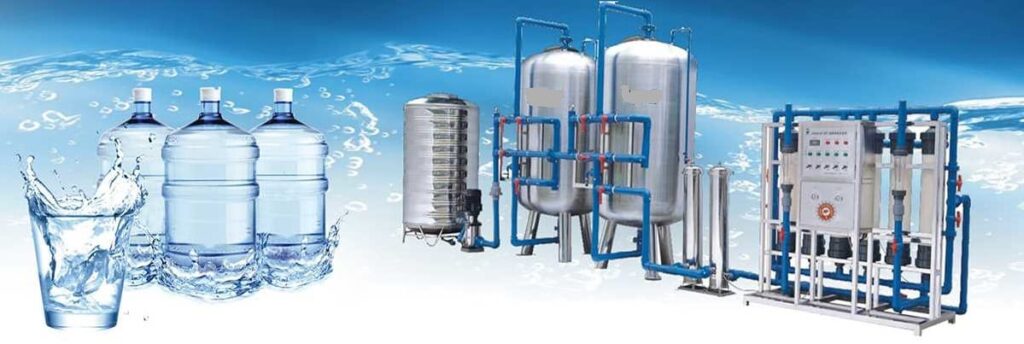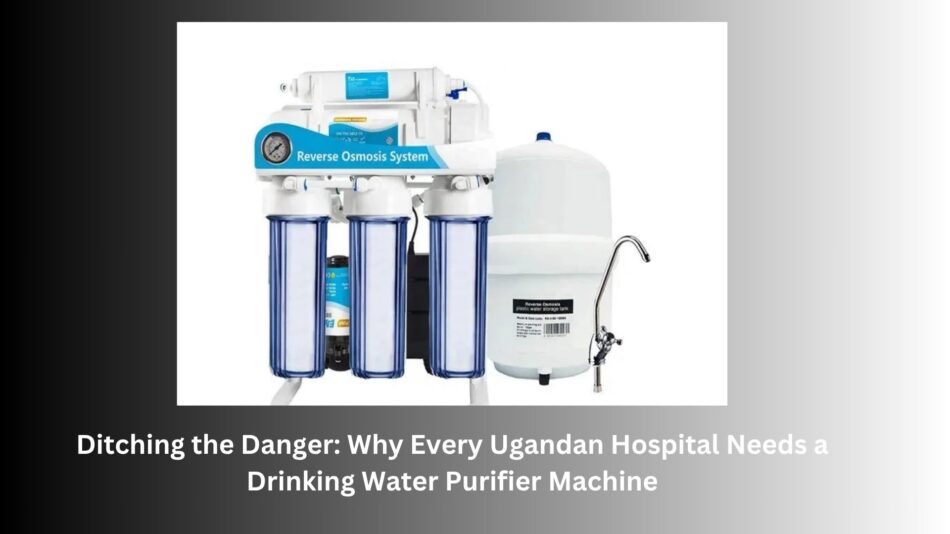Hospitals are meant to be places of healing, yet many healthcare facilities in Uganda face a hidden threat: unsafe drinking water. Contaminated water can worsen patient outcomes, spread infections, and undermine the overall quality of care. Ensuring clean and safe water is essential not just for patient health, but also for staff safety and operational efficiency.
The Growing Need for Purified Water in Hospitals
Healthcare facilities rely on a constant supply of potable water for drinking, sanitation, medical procedures, and patient care. Unfortunately, municipal water systems or boreholes in some regions may contain bacteria, heavy metals, or chemical residues that standard filtration cannot remove. Installing Drinking Water Purifier Machines in uganda addresses this gap by providing reliable, high-quality water tailored to hospital needs.
Protecting Patients and Staff
Patients in hospitals often have weakened immune systems, making them more susceptible to waterborne diseases. Similarly, healthcare workers are regularly exposed to contaminants during routine activities. Purified water reduces the risk of infections such as cholera, typhoid, and E. coli, creating a safer environment for everyone.
Ensuring Operational Efficiency
Hospitals need clean water to sterilize equipment, run lab tests, and perform medical procedures. This system can be compromised due to contaminated water, which in turn results in equipment failure, test inaccuracies, and increased overhead costs. Bottled drinking water purifiers deliver consistent quality, freeing up staff to concentrate on patients rather than worrying about their water.

Significant Aspects of Hospital RO Water Purifiers
Multi-Stage Filtration Systems
The modern purifiers for the hospitals are mostly multi-stage filters, such as:
Sediment Filters: Eliminate sand, rust, and dirt.
Activated Carbon: Effectively removes chlorine, chemicals, and unpleasant tastes.
Reverse Osmosis (RO): Eliminate impReal-Time Monitoring and Alerts
Some advanced machines feature sensors that track water quality continuously. Alerts notify staff if filters require replacement or if water quality falls below safety standards. This proactive monitoring prevents contamination before it reaches patients or staff.
Large Capacity and Reliable Supply
Hospitals demand higher volumes of clean water compared to households. Purifiers for medical facilities are designed with higher throughput and storage options, ensuring a steady supply even during peak usage or emergencies.
Additional Benefits for Healthcare Facilities
Reducing Hospital-Acquired Infections
Waterborne infections can contribute to hospital-acquired infections (HAIs), which increase patient morbidity and prolong hospital stays. By removing pathogens and chemical residues, purifiers minimize the risk of HAIs, protecting patient health and reducing treatment costs.
Supporting Sanitation and Hygiene
Clean water is critical for handwashing, equipment sterilization, and cleaning patient rooms. Hospitals with purified water can maintain higher hygiene standards, improving overall infection control measures.urities down to the molecular level, such as dissolved solids, heavy metals, and micro-contaminants.
UV Sterilization: Destroys bacteria, viruses, and other harmful substances.
Together, these technologies provide comprehensive protection against waterborne contaminants for both potable and medical purposes.
Also Read this : Indoor Play Areas vs. Outdoor Shaded Gardens: What to Prioritize at a Nursery Near Barsha in 2025
Cost Efficiency and Sustainability
While the up-front cost may seem exorbitant, hospital water purifiers save money in the long run. They curb demand for bottled water, decrease maintenance problems caused by polluted water, and reduce the financial impact of waterborne diseases. Modern machines are also energy-saving, helping hospitals become sustainable.
Implementation Considerations
Assessing Water Needs
It is desirable that any institution using H2O2 monitor their incoming water supply, taking into account daily demand and specific purification needs. This review assists in selecting the appropriate machines, filtration stages, and storage capacity to meet the process demand.
Staff Training and Awareness
Purified water provision is of no use if the staff does not know how to utilize it. Training programs guide hospital staff on how to use the machines properly, when basic maintenance is required, and how to consistently monitor water quality.
Regular Maintenance
Periodic filter changes, lamp verifications, and performance tests are conducted to ensure the water remains safe at all times and the machines operate at their optimal performance.
Overcoming Challenges
Infrastructure and Power Issues
Some hospitals, particularly in rural areas, may experience erratic electricity or water pressure. Opt for purifiers that feature backup systems, in-built storage tanks, and energy-saving designs to ensure a continuous supply of pure water.
Budget Management
Money is always a sticky point for poorer healthcare facilities. Hospitals can consider rolling a solution out in stages, taking advantage of government support programs and supplier partnerships to make even an installation possible without jeopardizing safety.
Compliance and Certification
Three. Choose products that meet national health standards and safety requirements, so that they will not only comply with these standards, but also provide better health care for patients and staff protection.
Conclusion
Safe, clean water is a cornerstone of hospital safety and healthcare delivery. Installing Drinking Water Purifier Machines in Uganda saves patients, protects staff, and yields patient care savings it all while reducing costs. Facilities with advanced purifiers can help prevent water-related illnesses and meet hygienic requirements, providing a reliable source of safe water for all needs. Through this focus on clean water, Ugandan hospitals can establish a safer and healthier environment, giving patients an improved chance of recovery and enabling staff to work with confidence.








